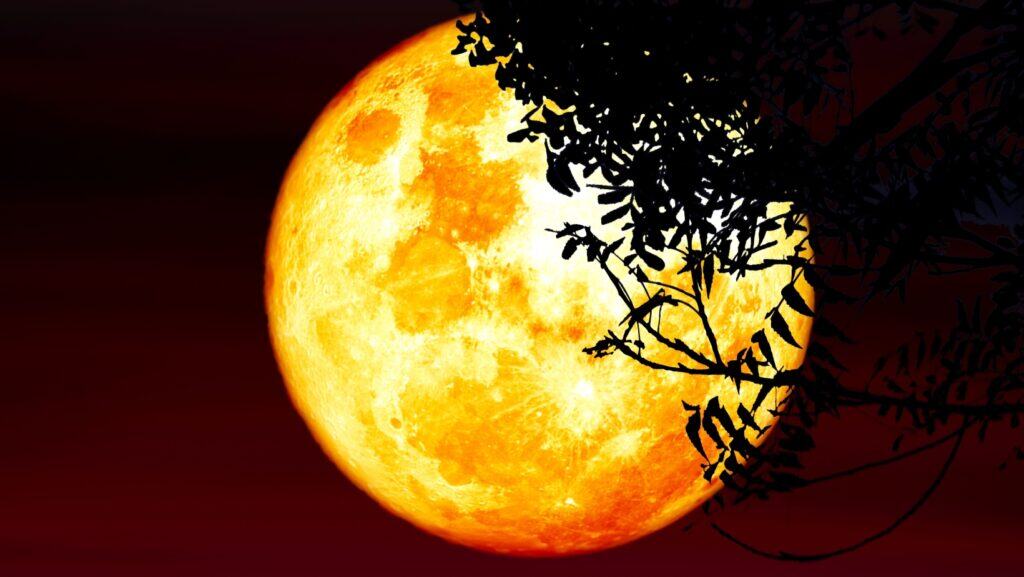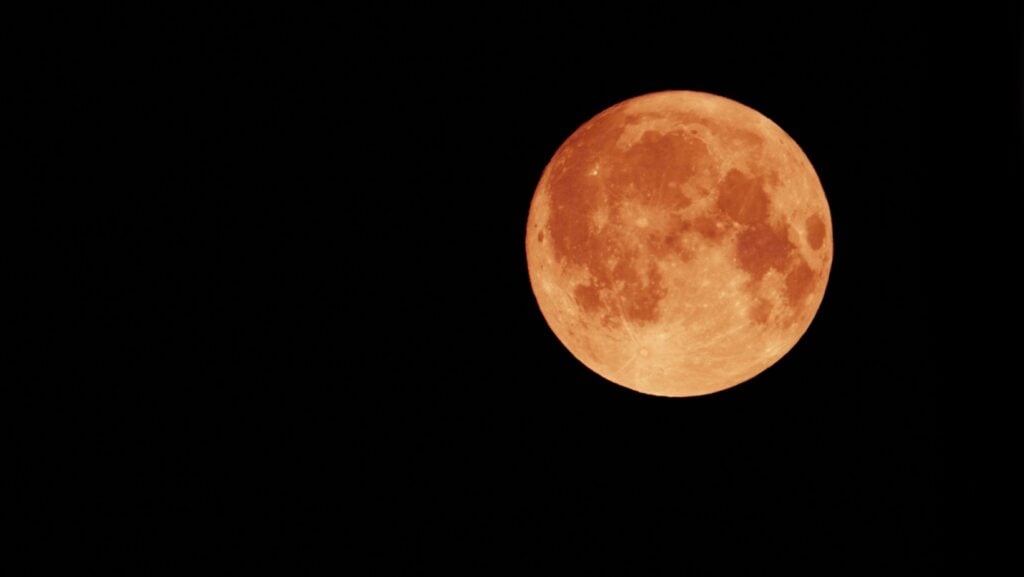This November 5th, the Beaver Moon outshines them all. Don’t miss it!
Orbit and tradition converge this November, when the Moon reaches perigee and peaks in brightness—the Beaver Moon glowing larger than any other full moon of 2025.
As autumn gives way to early winter, the sky gifts us a luminous sentinel: the full moon of November, commonly known as the Beaver Moon. This is a time when the natural world prepares for rest, and the Moon shines as a reminder of those ancient rhythms that once governed both wilderness and human life.
The Full Moon of November
Each lunar month brings a full moon, and traditional calendars gave them names based on what people saw happening in nature. November’s full moon is known as the Beaver Moon, marking a turning point in the year when daylight wanes and frost begins to touch the land. The Moon completes its phases in about 29 and a half days, with the full moon occurring when the Earth sits directly between the Sun and the Moon, fully illuminating its surface.
In many regions, the November full moon appears bright against the crisp night sky, signaling the final stretch before winter settles in. It is one of the most evocative of the year, rich with both scientific wonder and folklore.
Why It Is Called the Beaver Moon

The name Beaver Moon has more than one origin story. Some believe it refers to the time when beavers work furiously to prepare their lodges for the coming cold. They reinforce dams, stockpile branches for food, and thicken their walls against the ice. Others link the name to the human practice of trapping beavers in late autumn before rivers froze, when their thick winter pelts were most valuable.
Whatever the reason, the Beaver Moon captures the industriousness and foresight that both people and animals display as they brace for winter. It is nature’s reminder that preparation is part of survival.
The 2025 Beaver Moon and Its Supermoon Status
In 2025, the Beaver Moon will be particularly special because it will also be a supermoon. That means the full moon coincides with the Moon’s closest approach to Earth in its orbit, known as perigee. When this happens, the Moon appears slightly larger and brighter than usual, though the difference is often subtle to the naked eye.
The Beaver Moon of 2025 will reach peak illumination on the morning of November 5 and will be the closest full moon of the year. To the casual observer, it may simply look like a dazzlingly bright moon rising over the horizon, but to skywatchers, it is an excellent opportunity for photography and reflection.
Best Time and Place to View It
For the best experience, step outside shortly after sunset when the Moon is just rising. Its pale golden glow near the horizon often appears larger than when it climbs higher in the sky, an illusion caused by our brain’s perception of distance and scale. Find an open eastern view unobstructed by trees or buildings and, if possible, away from city lights.
You can watch the Moon the night before or after the exact full phase and still see it nearly full. This allows for flexibility in case of cloudy skies. Bring warm clothing, a blanket, or even a camera with a zoom lens if you wish to capture the details of craters and maria etched across its glowing face.
A Natural and Seasonal Marker
At this time of year, nature itself is in a state of transition. Leaves have mostly fallen, nights grow longer, and many animals shift into winter habits. Birds migrate, bears find dens, and beavers finish their lodges. The Beaver Moon shines over this process, as if keeping watch over the northern forests and wetlands.
For humans, it can symbolize a similar moment of preparation. The season encourages slowing down, taking stock, and gathering what is needed for the months ahead. The Beaver Moon reflects this energy perfectly—a time of steady work followed by well-earned rest.
Photographing the Beaver Moon

Photographers find the Beaver Moon particularly beautiful. Its golden hue near the horizon, its reflection in lakes or rivers, and its ability to light up bare trees and fields all make for striking images. To capture it best, include a landmark or landscape element in the frame. The juxtaposition of the Moon’s round perfection against the rough textures of Earth adds depth and meaning to any shot.
Even without a camera, standing beneath a full Beaver Moon can be breathtaking. The cold, clear air of November often makes the sky feel especially sharp, with stars twinkling vividly around the Moon’s radiance.
The Science and the Symbol
Astronomically, a full moon is a simple alignment of celestial bodies. Yet, emotionally and culturally, it carries layers of meaning. The Beaver Moon’s arrival reminds us of a cycle older than civilization itself, one that connects human life to the rhythms of the Earth. Its presence invites both contemplation and celebration.
Watching it rise can feel grounding, a pause in the rush of modern life. In that moment, the same light that has guided generations before us glows once again over quiet fields and rippling water.
The Takeaway
This November, let the Beaver Moon be more than a pretty sight in the sky. Let it serve as a reminder to prepare, to protect what you’ve built, and to take a breath before the deep stillness of winter. Step outside, look up, and remember that the cycles of the Moon are the same ones that have guided farmers, explorers, and dreamers for millennia. The Beaver Moon is both a signal and a comfort, a gentle light urging us to balance effort with rest.
10 Secrets The Moon Has Been Hiding In Plain Sight

The Moon has been lighting up our night skies since long before humans had telescopes, space suits, or conspiracy theories. But beyond being a poetic backdrop for love songs and werewolf legends, our lunar neighbor plays a critical role in life on Earth. Whether you’re a space nerd or just moon-curious, here are 10 surprising things everyone should know about that glowing sphere in the sky. Learn More.







